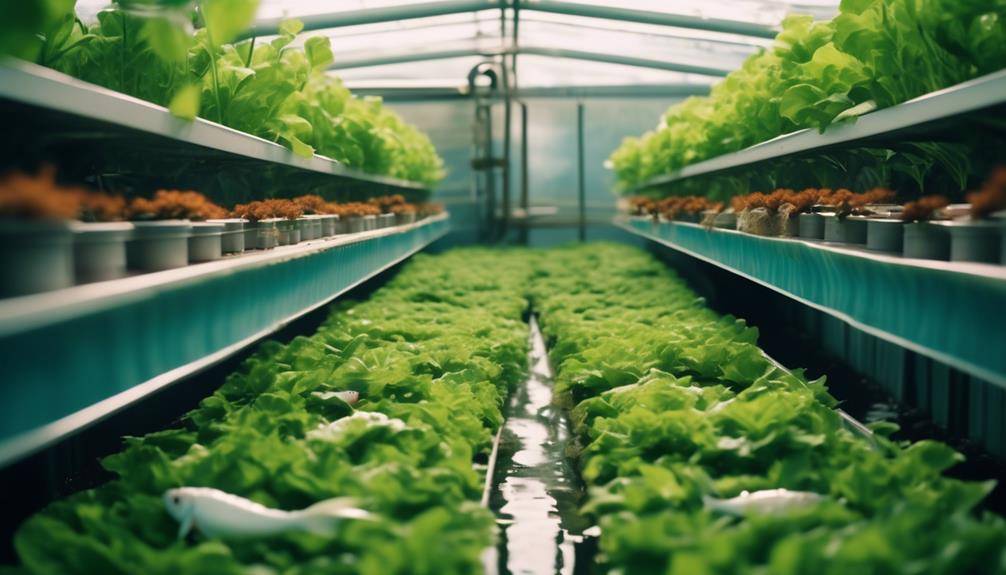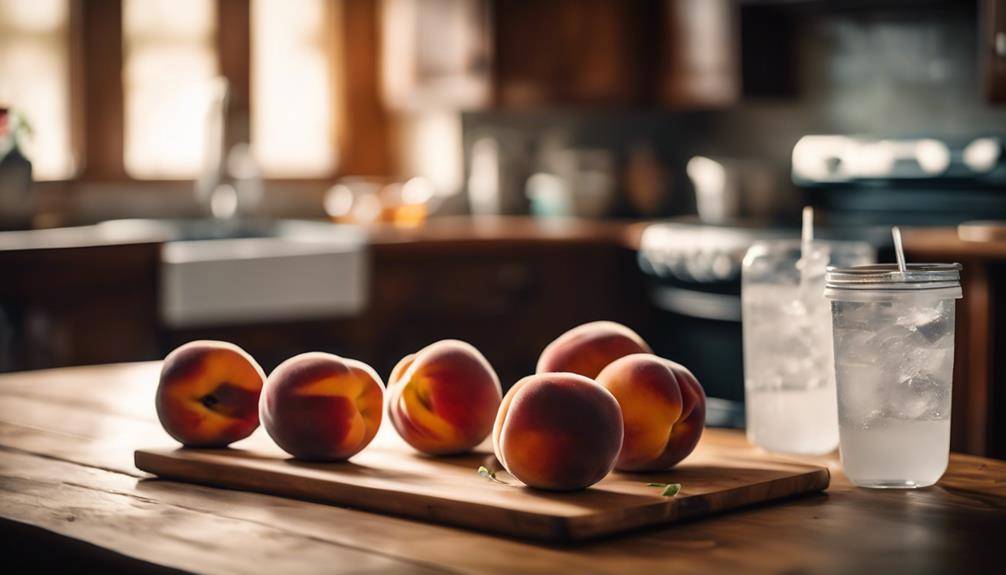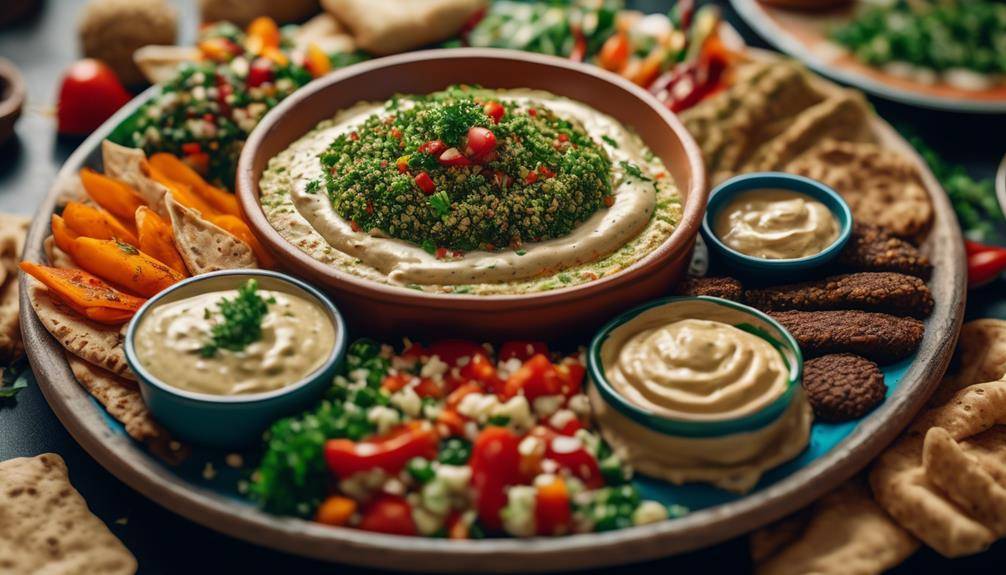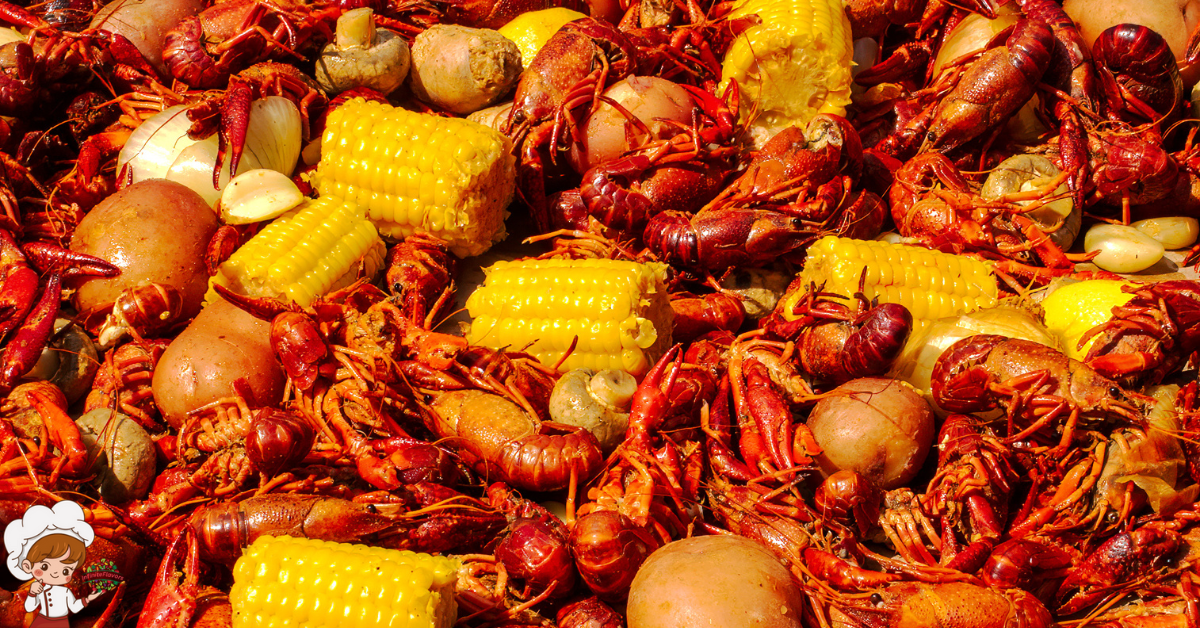The Best Lebanese Cuisine History And Origins

Lebanese Cuisine History And Origins; Have you ever wondered about the origins of the delectable dishes that grace Lebanese tables today? Lebanese cuisine, like many others, has a rich history that dates back centuries. From ancient influences to modern innovations, the story of Lebanese food is a fascinating journey through time. So, grab a seat and prepare to embark on a culinary adventure as we explore the historical roots and cultural influences that have shaped the Lebanese cuisine we know and love today.
Ancient Influences on Lebanese Cuisine
Lebanese cuisine has been shaped by a rich tapestry of ancient influences, resulting in a culinary tradition that is as diverse as it is flavorful. One of the key influences on Lebanese cuisine can be traced back to the Phoenicians, who were known for their advanced culinary techniques. The Phoenicians were skilled sailors and traders who established colonies along the Mediterranean coast, including what is now modern-day Lebanon. Their culinary techniques, such as pickling and marinating, had a significant impact on the development of Lebanese cuisine.
The cultural influences on Lebanese cuisine are also worth examining. Lebanon’s geographical location at the crossroads of the Mediterranean, the Middle East, and Europe has made it a melting pot of culinary traditions. Over the centuries, various civilizations have conquered and influenced Lebanon, including the Romans, Byzantines, Arabs, Ottomans, and French. Each of these cultures left a lasting impression on Lebanese cuisine, introducing new ingredients, spices, and cooking methods.
For example, the Arab influence brought dishes like hummus, tabbouleh, and falafel to Lebanon. The Ottomans introduced kebabs, pilaf, and baklava. The French, during their mandate in the early 20th century, left a legacy of pastries, bread, and wine production.
The combination of Phoenician culinary techniques and the cultural influences from various civilizations has made Lebanese cuisine a unique and vibrant culinary experience. Lebanese dishes are known for their bold flavors, fragrant spices, and delicate balance of ingredients. From mezzes (small appetizers) to grilled meats, from fresh seafood to hearty stews, Lebanese cuisine offers a diverse range of dishes that reflect the country’s rich history and multicultural heritage.
Phoenician Culinary Traditions
Phoenician culinary traditions, deeply rooted in ancient times, have significantly shaped the development of Lebanese cuisine. The Phoenicians were a seafaring people who inhabited the coastal regions of the Mediterranean. Their food culture was heavily influenced by the bountiful resources of the sea and the fertile lands that surrounded them.
The Phoenicians were known for their expertise in navigation and trade, which allowed them to establish colonies and interact with various cultures in the Mediterranean. This interaction had a profound impact on their culinary practices, leading to the incorporation of diverse ingredients and cooking techniques.
One of the key aspects of Phoenician food culture was their reliance on fresh, seasonal ingredients. They cultivated a wide range of fruits, vegetables, and grains in their agricultural lands. Olive oil, figs, dates, and pomegranates were staple ingredients in their diet. They also harvested fish, shellfish, and other seafood from the Mediterranean, which played a crucial role in their cuisine.
The Phoenicians’ mastery of maritime trade routes enabled them to access spices, herbs, and exotic ingredients from distant lands, further enriching their culinary repertoire. They traded with civilizations such as the Egyptians, Greeks, and Persians, absorbing and incorporating their culinary influences.
Phoenician culinary traditions laid the foundation for Lebanese cuisine, which combines the freshness of Mediterranean ingredients with a diverse range of flavors. Today, Lebanese cuisine is characterized by its vibrant and aromatic dishes, featuring an array of herbs, spices, and fresh produce. The legacy of the Phoenicians lives on in the rich and diverse culinary traditions of Lebanon.
Ottoman Influence on Lebanese Food
The influence of the Ottoman Empire on Lebanese cuisine was far-reaching and left a lasting impact on the culinary traditions of the region. The Ottomans ruled over Lebanon for centuries, and during this time, they introduced a variety of culinary influences that shaped Lebanese food as we know it today.
- Ottoman culinary influences:
- Spices and flavors: The Ottomans brought with them a rich variety of spices and flavors, such as cinnamon, cloves, and nutmeg. These ingredients were incorporated into Lebanese dishes, adding depth and complexity to the flavors.
- Cooking techniques: The Ottomans introduced new cooking techniques to Lebanon, including grilling, braising, and slow cooking. These techniques allowed for the preparation of tender and flavorful meats and vegetables.
- Diverse ingredients: The Ottoman Empire encompassed a vast territory, and Lebanese cuisine benefited from the diverse ingredients that were introduced. Ingredients like lamb, yogurt, and eggplant became prominent in Lebanese dishes, thanks to Ottoman influence.
Cultural exchange through food played a significant role in the Ottoman influence on Lebanese cuisine. As the Ottomans ruled over Lebanon, there was a blending of culinary traditions and a sharing of recipes and cooking techniques. This cultural exchange resulted in the creation of new dishes that combined the best of both Lebanese and Ottoman cuisines.
One example of this cultural exchange is the popular Lebanese dish called Mujaddara. It is made with lentils, rice, and caramelized onions, and it is believed to have originated from an Ottoman dish called Mucver. The Ottomans introduced Mucver to Lebanon, and over time, it evolved into Mujaddara, becoming a staple in Lebanese cuisine.
French Culinary Legacy in Lebanon
As the Ottomans introduced a rich variety of culinary influences to Lebanon, another significant culinary legacy made its mark on Lebanese cuisine: the enduring impact of French cuisine. The French influence on Lebanese gastronomy can be traced back to the French Mandate period, which lasted from 1920 to 1943. During this time, the French introduced their culinary traditions and techniques, leaving a lasting imprint on Lebanese cooking.
One of the most notable contributions of the French to Lebanese cuisine is the concept of “la cuisine bourgeoise,” or bourgeois cuisine. This style of cooking emphasizes the use of fresh ingredients, delicate flavors, and refined presentation. Lebanese chefs embraced this approach and incorporated it into their own traditional dishes, resulting in a fusion of French and Lebanese flavors.
The French also introduced a range of ingredients and techniques that have become integral to Lebanese cooking. For example, the use of butter, cream, and cheese became more prevalent in Lebanese dishes, adding richness and depth of flavor. French cooking techniques such as braising, sautéing, and baking were also adopted by Lebanese chefs, enhancing the culinary repertoire of the region.
Furthermore, the French influence extended beyond the kitchen and into the dining culture of Lebanon. French-style cafes and patisseries became popular gathering places for Lebanese locals, offering a taste of French pastries, bread, and coffee. The French influence on Lebanese dining etiquette and table manners also became evident, with the introduction of courses, proper cutlery usage, and a greater emphasis on presentation.
Today, the French culinary legacy continues to shape Lebanese cuisine, with French-inspired dishes and techniques being celebrated and enjoyed throughout the country. The fusion of French and Lebanese flavors has created a unique and vibrant culinary landscape, making Lebanese gastronomy a true reflection of its diverse cultural heritage.
Geographical Factors and Lebanese Cuisine
Nestled between the Mediterranean Sea and the mountain ranges of the Levant, Lebanon’s geographical location has played a crucial role in shaping its unique and diverse culinary traditions. The country’s varied topography and climate have had a significant impact on the availability of ingredients, cooking methods, and cultural influences that have shaped Lebanese cuisine.
- Diverse Landscapes: Lebanon’s geographical diversity, with its fertile valleys, coastal plains, and rugged mountains, has provided an abundance of fresh produce, seafood, and livestock. The fertile Bekaa Valley, for example, is known for its vineyards, orchards, and wheat fields, while the coastal region offers an array of seafood. The mountainous regions provide herbs, spices, and game, contributing to the rich flavors found in Lebanese dishes.
- Mediterranean Influence: Lebanon’s proximity to the Mediterranean Sea has greatly influenced its cuisine. The sea provides an abundant source of fish and seafood, which are staples in Lebanese dishes like grilled fish and shrimp. The Mediterranean climate also allows for the cultivation of olives, citrus fruits, and a variety of vegetables, which are integral to many Lebanese recipes.
- Crossroads of Cultures: Lebanon’s location at the crossroads of ancient trade routes has exposed it to various cultural influences over the centuries. This has resulted in a fusion of flavors and techniques from the Middle East, Europe, and the Mediterranean. The Phoenicians, Romans, Arabs, Ottomans, and French have all left their mark on Lebanese cuisine, introducing ingredients such as spices, grains, dairy products, and cooking techniques that have become integral to the country’s culinary identity.
Lebanon’s geographical impact and cultural influences have shaped a cuisine that is not only flavorful but also reflects the country’s rich history and diverse heritage. From its fresh and vibrant ingredients to its complex and aromatic flavors, Lebanese cuisine stands as a testament to the region’s culinary legacy.
Signature Dishes of Lebanese Cuisine
With Lebanon’s diverse landscapes and cultural influences as a backdrop, it is fascinating to explore the array of signature dishes that have emerged from Lebanese cuisine. Lebanese fusion cuisine has gained popularity in recent years, blending traditional Lebanese ingredients with international flavors to create unique and innovative dishes.
One of the most iconic Lebanese dishes is tabbouleh, a refreshing salad made with bulgur wheat, parsley, mint, tomatoes, and onions. This vibrant dish is bursting with flavors and textures, and it perfectly showcases the freshness and simplicity of traditional Lebanese ingredients.
Another beloved Lebanese dish is kibbeh, which consists of ground meat (usually beef or lamb) mixed with cracked wheat and a variety of spices. The mixture is shaped into balls or patties and then either fried or baked. Kibbeh can be enjoyed as a main course or as an appetizer, and it is often served with a side of yogurt or a tahini-based sauce.
Moussaka is another Lebanese specialty that is widely enjoyed. Unlike the Greek version, Lebanese moussaka is a vegetarian dish made with layered eggplant, potatoes, tomatoes, and chickpeas. It is then topped with a creamy béchamel sauce and baked to perfection. The result is a hearty and flavorful dish that is a true comfort food.
Lebanese cuisine is also famous for its mezze, which are small dishes served as appetizers or as part of a larger meal. Some popular mezze dishes include hummus, baba ghanoush, falafel, and stuffed grape leaves. These dishes are perfect for sharing and are a great way to sample the diverse flavors of Lebanese cuisine.
Modern Innovations in Lebanese Cooking
Get ready to explore the exciting world of modern Lebanese cuisine! Over the years, Lebanese chefs have been incorporating contemporary twists into traditional dishes, resulting in innovative and flavorful creations. Additionally, there has been a growing trend of fusion between Lebanese cuisine and international flavors, showcasing the versatility and adaptability of Lebanese cooking. From unique ingredient combinations to creative presentation techniques, the modern innovations in Lebanese cooking are sure to tantalize your taste buds and leave you craving for more.
Contemporary Lebanese Twists
In recent years, Lebanese cuisine has undergone a fascinating evolution, with chefs and home cooks alike introducing modern twists to traditional dishes, resulting in a culinary landscape that is both innovative and rooted in the rich history of Lebanon. These contemporary Lebanese twists can be seen in the emergence of Lebanese fusion dishes, which combine traditional ingredients with a modern twist. Some examples of these innovative creations include:
- Za’atar-infused olive oil ice cream: This unique dessert blends the earthy flavors of za’atar with the creamy sweetness of ice cream, creating a harmonious balance of savory and sweet.
- Cauliflower tabbouleh: A modern take on the classic tabbouleh, this dish replaces the traditional bulgur with finely chopped cauliflower, adding a lighter and gluten-free twist to the salad.
- Pistachio and rosewater baklava: This reinvention of the beloved Middle Eastern pastry incorporates the delicate flavors of rosewater and the crunch of pistachios, elevating the dessert to a new level of sophistication.
These contemporary Lebanese twists not only showcase the creativity and innovation of Lebanese chefs and home cooks but also highlight the versatility and adaptability of Lebanese cuisine.
Fusion With International Cuisines
The evolution of Lebanese cuisine continues as contemporary twists on traditional dishes extend beyond the boundaries of Lebanon, fusing with international cuisines to create modern innovations in Lebanese cooking. This fusion cuisine is a result of cultural exchange and the increasing globalization of food. Lebanese chefs are incorporating ingredients and techniques from various culinary traditions, resulting in unique and exciting flavors.
For example, Lebanese-Mexican fusion dishes combine Lebanese spices with Mexican ingredients like tortillas and salsa, creating a delicious blend of flavors. Lebanese-Asian fusion dishes, on the other hand, infuse Lebanese dishes with Asian ingredients such as soy sauce and ginger, adding a new dimension to traditional Lebanese flavors. This fusion of Lebanese cuisine with international flavors showcases the adaptability and creativity of Lebanese chefs, while also contributing to the growing diversity of global cuisine.
The Best Lebanese Cuisine History And Origins; Frequently Asked Questions
What Are Some Popular Lebanese Ingredients Used in Traditional Dishes?
Some popular Lebanese ingredients used in traditional dishes include olive oil, garlic, lemon juice, mint, parsley, and sumac. These ingredients not only add flavor but also provide various health benefits such as antioxidants and anti-inflammatory properties.
How Has Lebanese Cuisine Been Influenced by Neighboring Countries?
Lebanese cuisine has been greatly influenced by its neighboring countries, Syria and Turkey. The flavors, ingredients, and cooking techniques have all been shaped by these cultural exchanges, creating a unique and diverse culinary experience.
Are There Any Specific Cooking Techniques Unique to Lebanese Cuisine?
When it comes to Lebanese cuisine, there are specific cooking techniques that make it unique. One of them is grilling, which imparts a smoky flavor to the food. Another technique is stuffing, where ingredients are filled inside vegetables or meat.
What Are Some Common Spices and Herbs Used in Lebanese Cooking?
Some common spices and herbs used in Lebanese cooking are sumac and za’atar. Olive oil and chickpeas are also traditional Lebanese ingredients. These flavors add depth and complexity to the dishes.
How Has Lebanese Cuisine Evolved Over Time, Particularly in Relation to Globalization and International Influences?
Over time, Lebanese cuisine has evolved in the modern era through globalization and international influences. Cultural fusion has played a significant role in shaping Lebanese culinary traditions, blending traditional flavors with new ingredients and cooking techniques.
Conclusion
In conclusion, Lebanese cuisine is a rich tapestry of ancient influences, Ottoman traditions, French legacies, and geographical factors. From the Phoenician culinary traditions to the modern innovations in Lebanese cooking, this cuisine has evolved over centuries. Signature dishes like tabbouleh, hummus, and shawarma have become popular worldwide. The fusion of flavors, spices, and techniques make Lebanese cuisine a unique and vibrant culinary experience. Its history and origins have shaped it into a beloved and cherished cuisine that continues to delight food enthusiasts globally.








